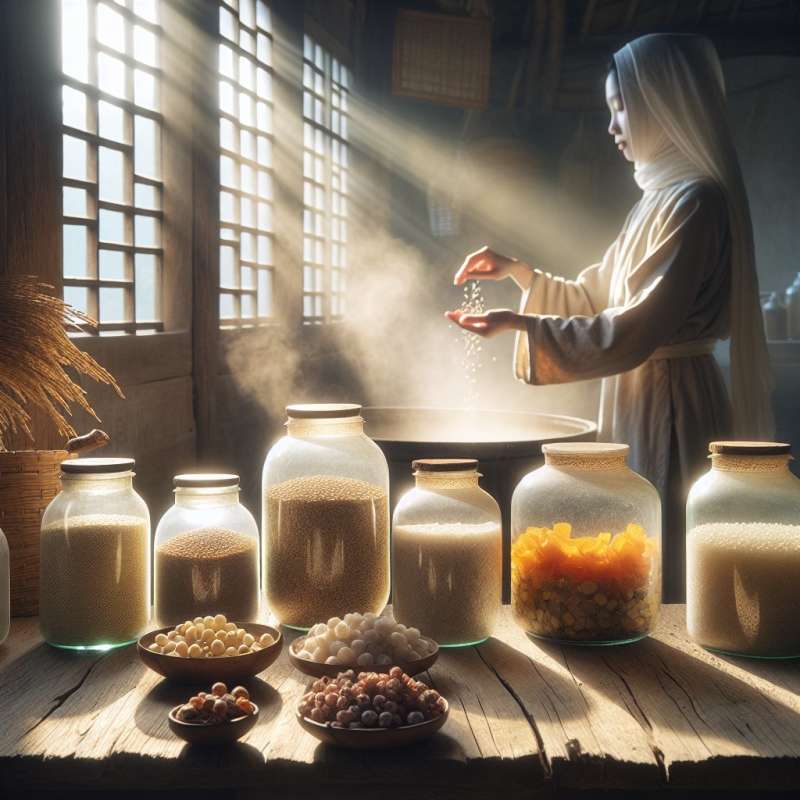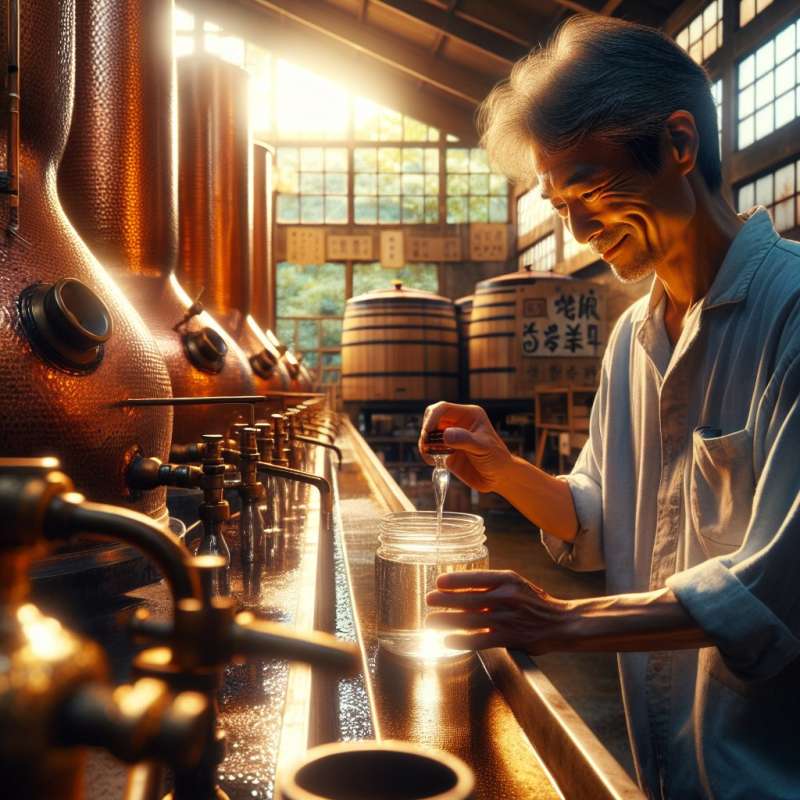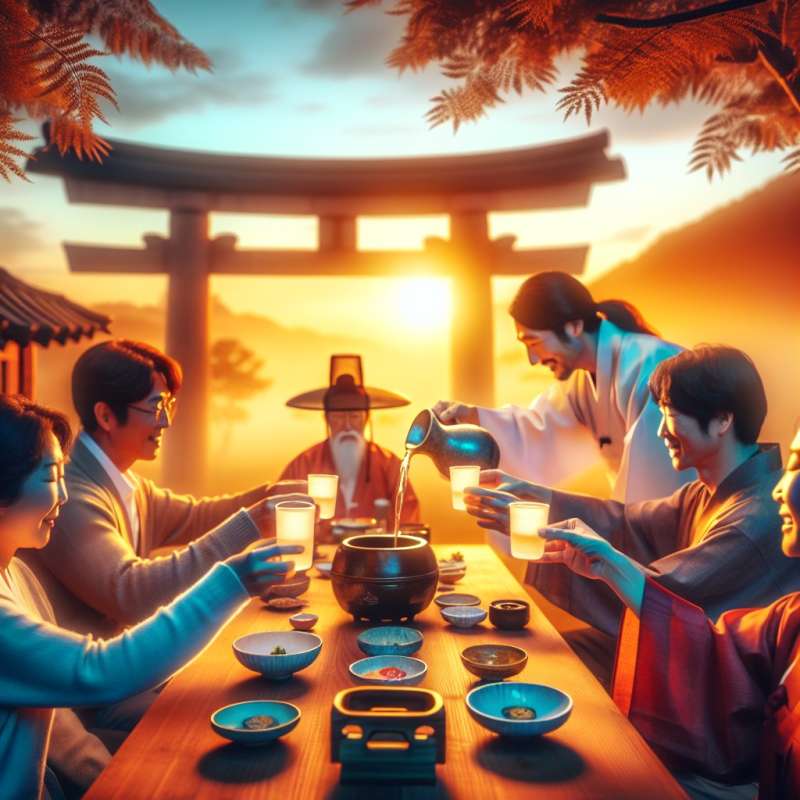
Origin of Spirits
Soju hails from Korea, with records dating back to the 13th century. Sake, often called nihonshu, finds its roots in Japan, with a history extending over a millennium.
Base Ingredients
Soju is traditionally made from rice, wheat, or barley. Modern versions often use sweet potatoes or tapioca. Sake is brewed solely from special rice, water, yeast, and koji mold.
Production Process
Soju is distilled, resulting in a clear, vodka-like spirit. Sake, however, is brewed more like beer, where the starch is converted into sugars before fermentation.
Alcohol Content Variation
Soju traditionally ranges from 16-45% alcohol by volume (ABV), while most sake falls between 15-20% ABV, making soju generally the stronger drink.
Serving Traditions
Soju is often enjoyed neat, with food, and in group settings, featuring communal pouring rituals. Sake can be served warm or cold, often in a small porcelain bottle called tokkuri.
Variety and Flavor
Soju presents a neutral flavor, though flavored versions exist. Sake offers a broad range of tastes, from sweet to dry, influenced by rice type, water quality, and brewing techniques.
Cultural Significance
Soju is integral to Korean social life, commonly consumed during meals and celebrations. Sake holds ceremonial value in Shinto rituals and is a symbol of Japanese tradition.Astounding Soju Fact
In 2019, South Korea consumed almost 4 billion bottles of soju, making it the world's most consumed spirit.
What is the origin of Soju?
China, 10th century
Japan, ancient times
Korea, 13th century
Company